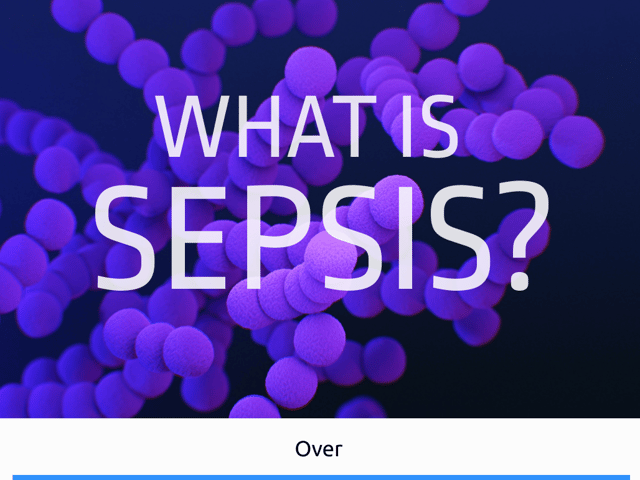
What Is Sepsis?
Over 49 million people worldwide, including approximately 3 million newborns and 20 million children, are diagnosed with sepsis annually.
Of those, approximately 11 million will die from sepsis each year. In the United States alone, over 22 billion dollars are spent annually for medical management and treatment of sepsis. This cost equates to over 55 million dollars a day. Understanding sepsis and obtaining prompt treatment in the event of septic infection is crucial to improving patient outcomes and reducing national healthcare costs.
The Condition
Sepsis derives from bacterial infection spread throughout the body that causes a dysregulated host response and develops into life-threatening organ dysfunction. Sepsis can be community acquired or hospital-acquired. Of increasing concern, sepsis is more frequently resulting from difficult to treat, antibiotic-resistant bacteria.
At Risk Populations
The populations at increased risk for sepsis include older adults, pregnant women, children younger than 1 year, people with chronic conditions, people with cancer, and immunosuppressed people. Sepsis is more likely to occur in low-income and middle-income countries.
Symptoms
Symptoms of sepsis include fever or low body temperature, shivering, altered mental status, increased respiratory rate, respiratory failure, rapid pulse, low blood pressure, low urine output, cyanosis, cold extremities, and discomfort.
Septic Shock
Septic shock occurs when sepsis goes untreated. A blood pressure MAP of 65 mmHg or less and increasing serum lactate are key in diagnosing septic shock. If not treated promptly, septic shock can quickly develop into multisystem organ failure and has a 40% mortality rate. The diseases most likely to cause sepsis and septic shock include pneumonia, infections of the digestive tract, infection of the kidney, bladder, and urinary system and bloodstream infections.
Treatment
Intravenous, broad-stream antibiotic therapy is used in the initial treatment of infections that cause sepsis. As the sepsis-causing bacteria are identified, narrowing of antibiotic coverage should occur to reduce excessive antibiotic exposure and resistance. Extensive fluid resuscitation and vasopressor medications are used to maintain set blood pressure goals to prevent organ and tissue damage in early sepsis. Supportive measures such as oxygen administration and pain control are encouraged to improve outcomes with sepsis treatment. As the organs are injured, other supportive measures including insulin administration, corticosteroids, and even surgery to remove abscesses or blood clots caused by the infecting agents may be indicated.
Prevention
Sepsis prevention helps to reduce the incidence of devastating infection. Prevention strategies include hand washing, safe preparation of food, providing access to vaccines, encouraging proper nutrition, and avoiding antibiotic overuse/misuse. While early recognition and treatment of the signs of sepsis are critical to reducing adverse outcomes, prevention strategies help to reduce the overall incidence of infections that develop into sepsis.

Keep Reading

National Council Licensure Examination-Practical Nurse Blog
How Long Should I Study for the NCLEX-PN?
For aspiring nurses, the NCLEX-PN is a critical hurdle on the path to b…

National Council Licensure Examination-Practical Nurse Blog
How to Become an LPN
Would you like to average $30 dollars per hour in a rewarding full-time…

National Council Licensure Examination-Practical Nurse Blog
What Is the Difference between Dementia and Alzheimer’s?
Many people use the terms dementia and Alzheimer’s interchangeably, but…